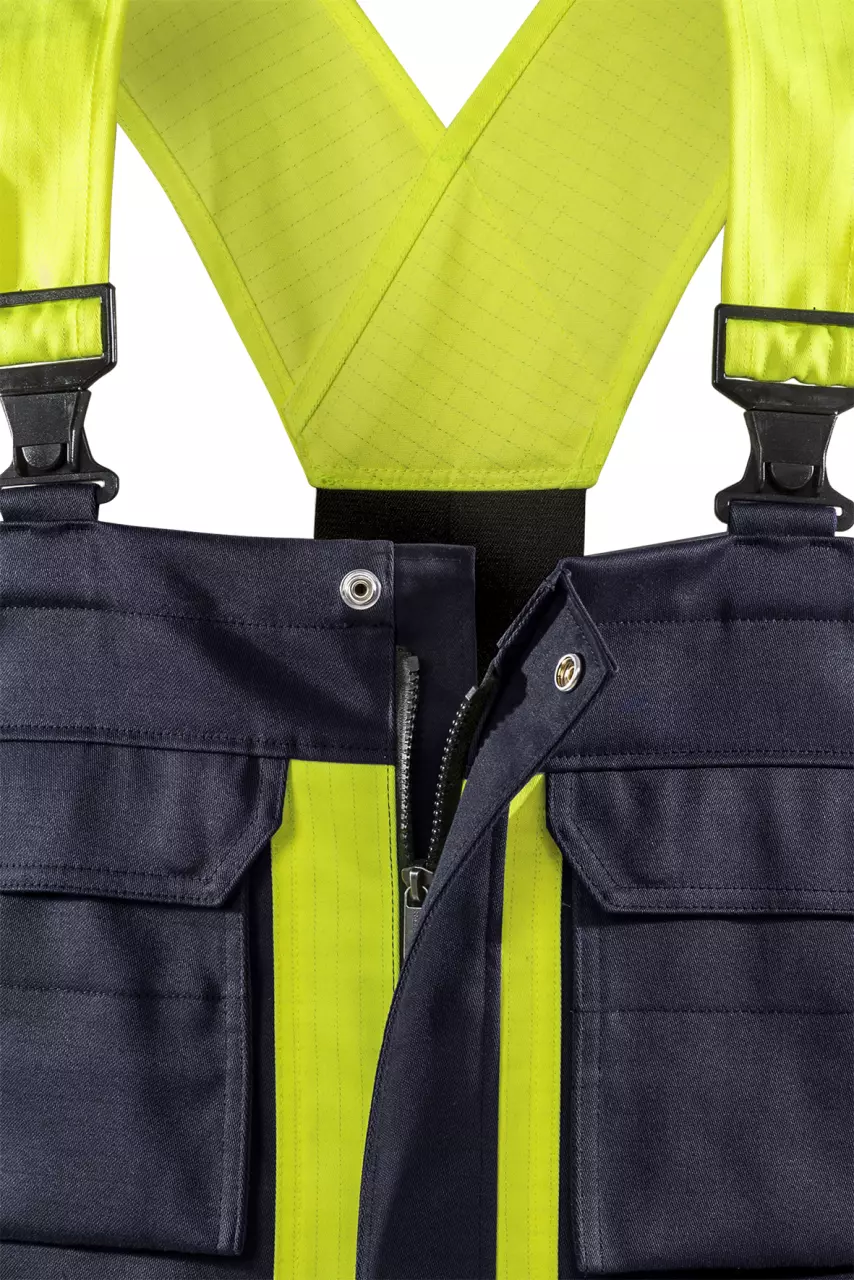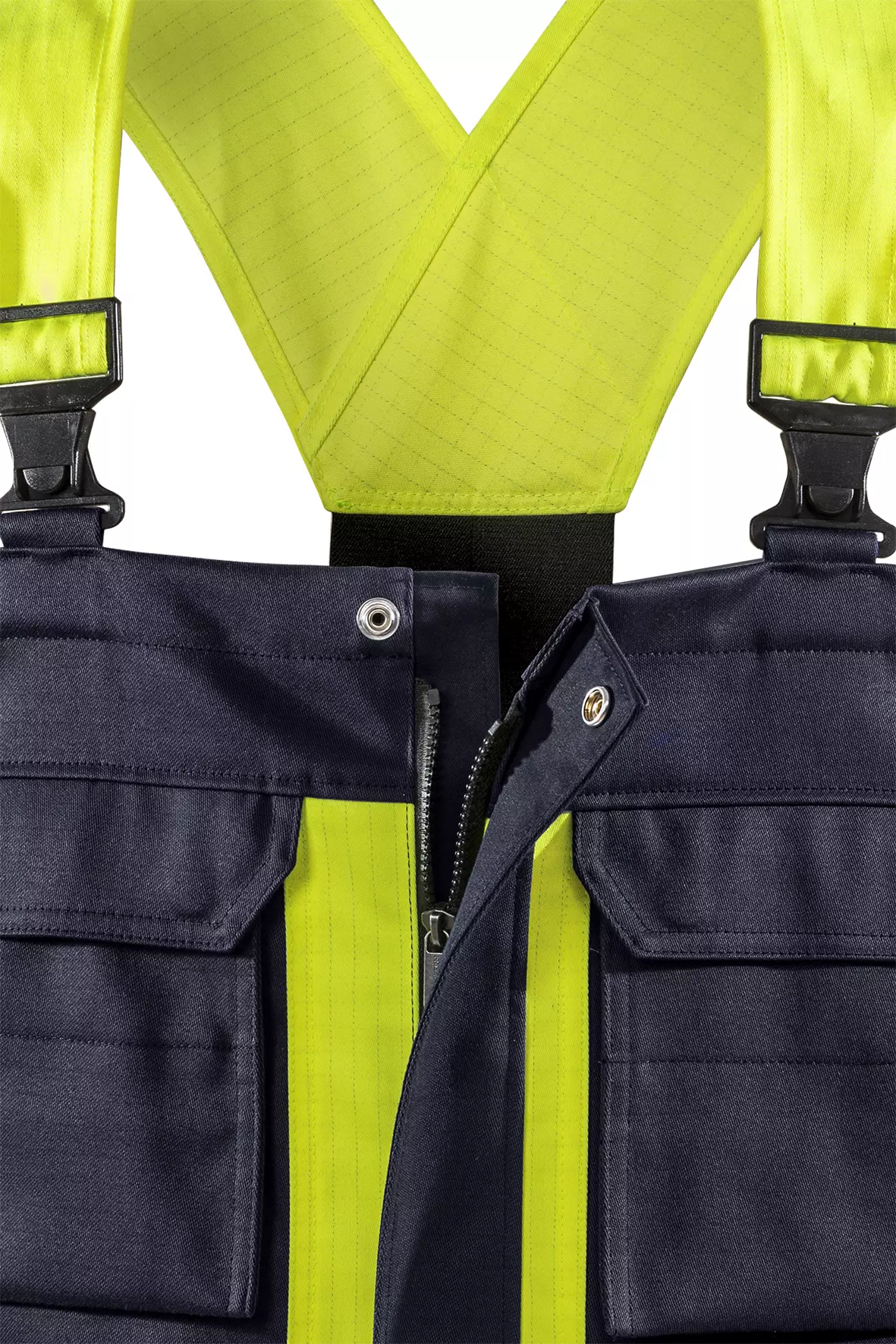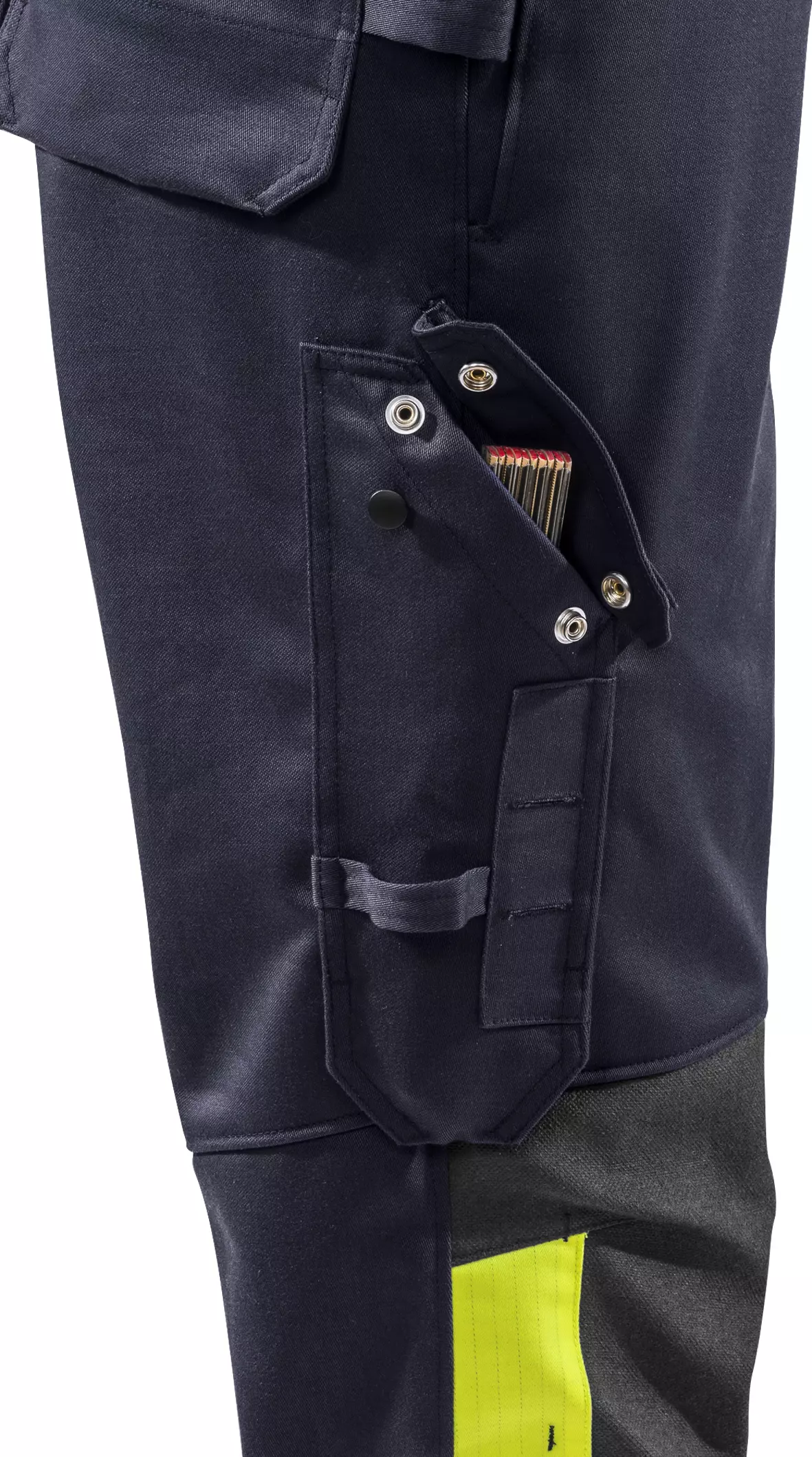


Features You'll Love

Fit · Regular
Determines how closely the overalls follow your body shape, affecting comfort, range of motion, and ability to layer clothing underneath.

Closure Style · Snap Buttons
The method used to fasten and secure the overalls, affecting ease of dressing, fit security, and convenience during work activities.
Fristads
Welder Bib Overall 1029 WEL
Welder Bib Overall 1029 WEL
5 / 5
273,37 €
Choose size
Out of stock
Free delivery
Features You'll Love

Fit · Regular
Determines how closely the overalls follow your body shape, affecting comfort, range of motion, and ability to layer clothing underneath.

Closure Style · Snap Buttons
The method used to fasten and secure the overalls, affecting ease of dressing, fit security, and convenience during work activities.
Product description
These welding bib overalls provide comprehensive protection for demanding welding work and meet multiple international safety standards. With CORDURA®-reinforced areas and aramid-reinforced knee pockets, they ensure durability in industrial work environments. The well-thought-out pocket configuration and practical details such as height-adjustable knee pads make them the ideal choice for professional welders.
Product Features:
- Concealed zipper with snap fastener strip up to the upper collar edge
- 2 CORDURA®-reinforced chest pockets with flap and concealed snap closure, one with D-ring
- 2 front pockets and 2 CORDURA®-reinforced back pockets with flap and concealed snap closure
- CORDURA®-reinforced ruler pocket with flap and concealed snap closure, pen pocket as well as button and loop for work knife
- Leg pocket with flap and concealed snap closure, phone pocket with flap and velcro closure
Technical Details:
- Material weight: 450 g/m², reinforcement 545 g/m²
- Double-reinforced crotch seam
- Aramid-reinforced knee pockets with external opening and velcro closure
- Height adjustment of knee pads in knee pockets possible
- Hammer loop
Standards:
- EN 61482-1-2 APC 1
- EN 61482-1-1 ATPV: 19 cal/cm² ELIM: 13 cal/cm²
- EN ISO 11612 A1 A2 B1 C1 E3 F1
- EN ISO 11611 A1, A2 Class 2
- EN 1149-5
- EN 13034 Type PB (6)
- EN 14404 together with knee pads 124292
- Approved after 50 washes
- Industrial washing suitable according to ISO 15797
- OEKO-TEX® certified




